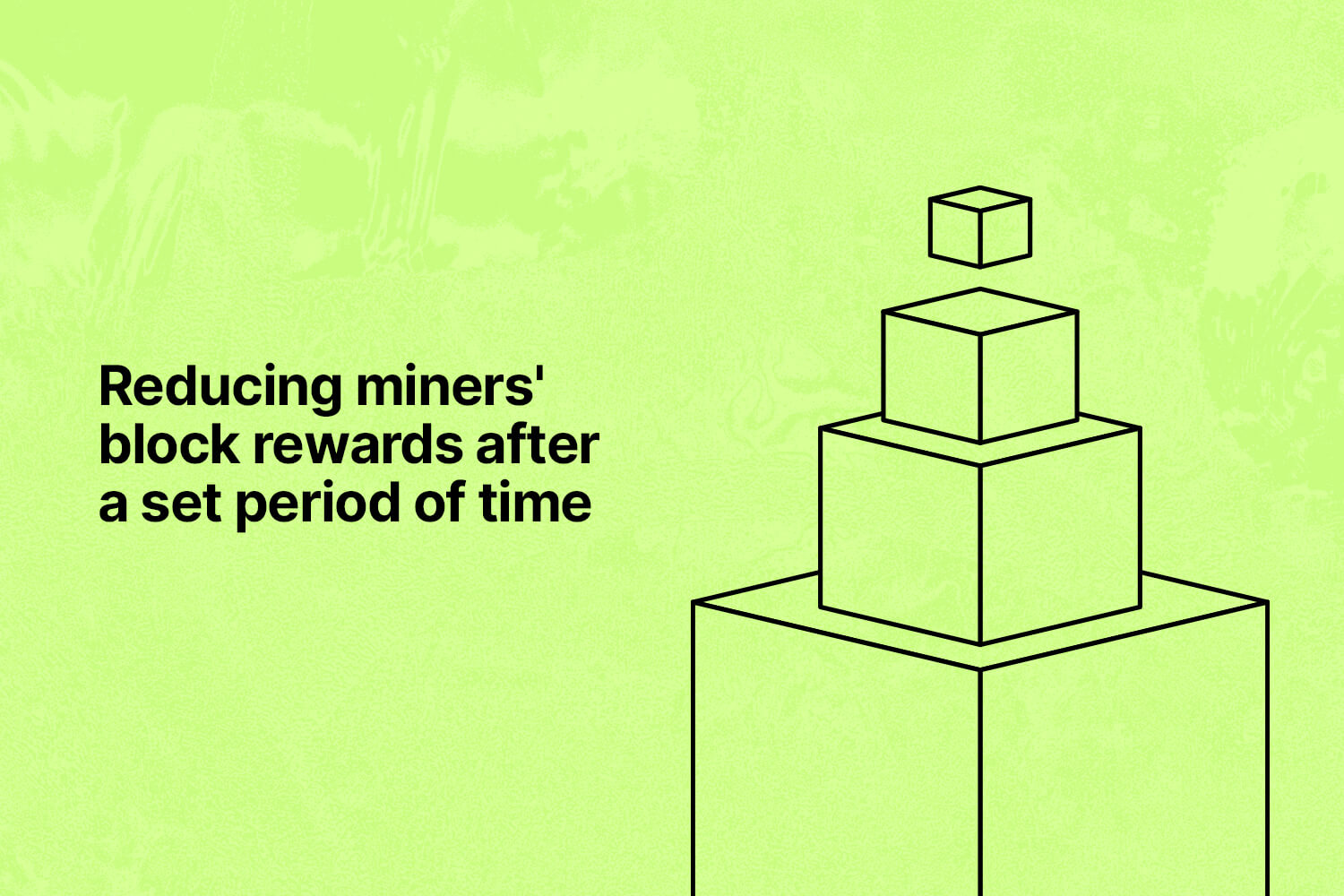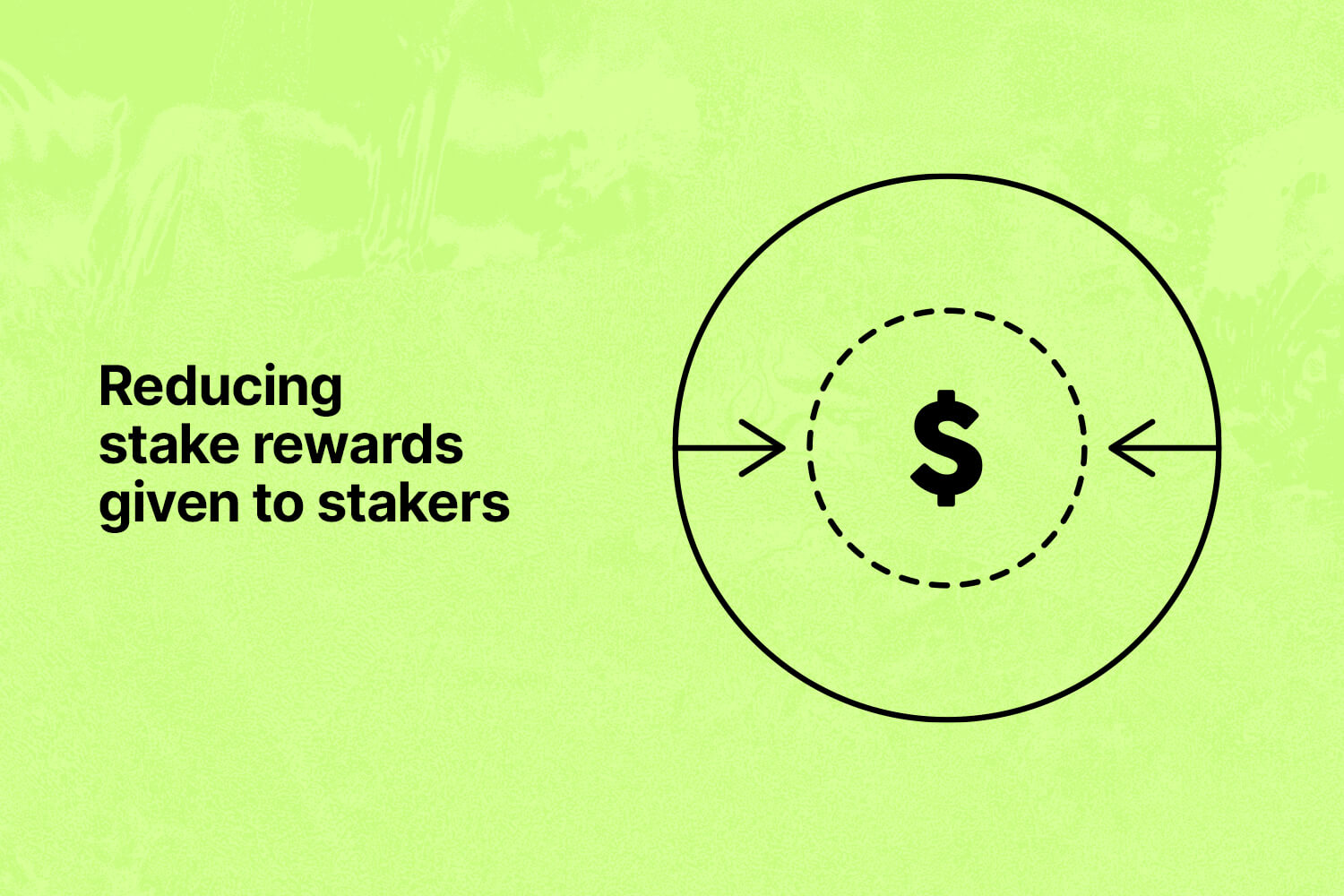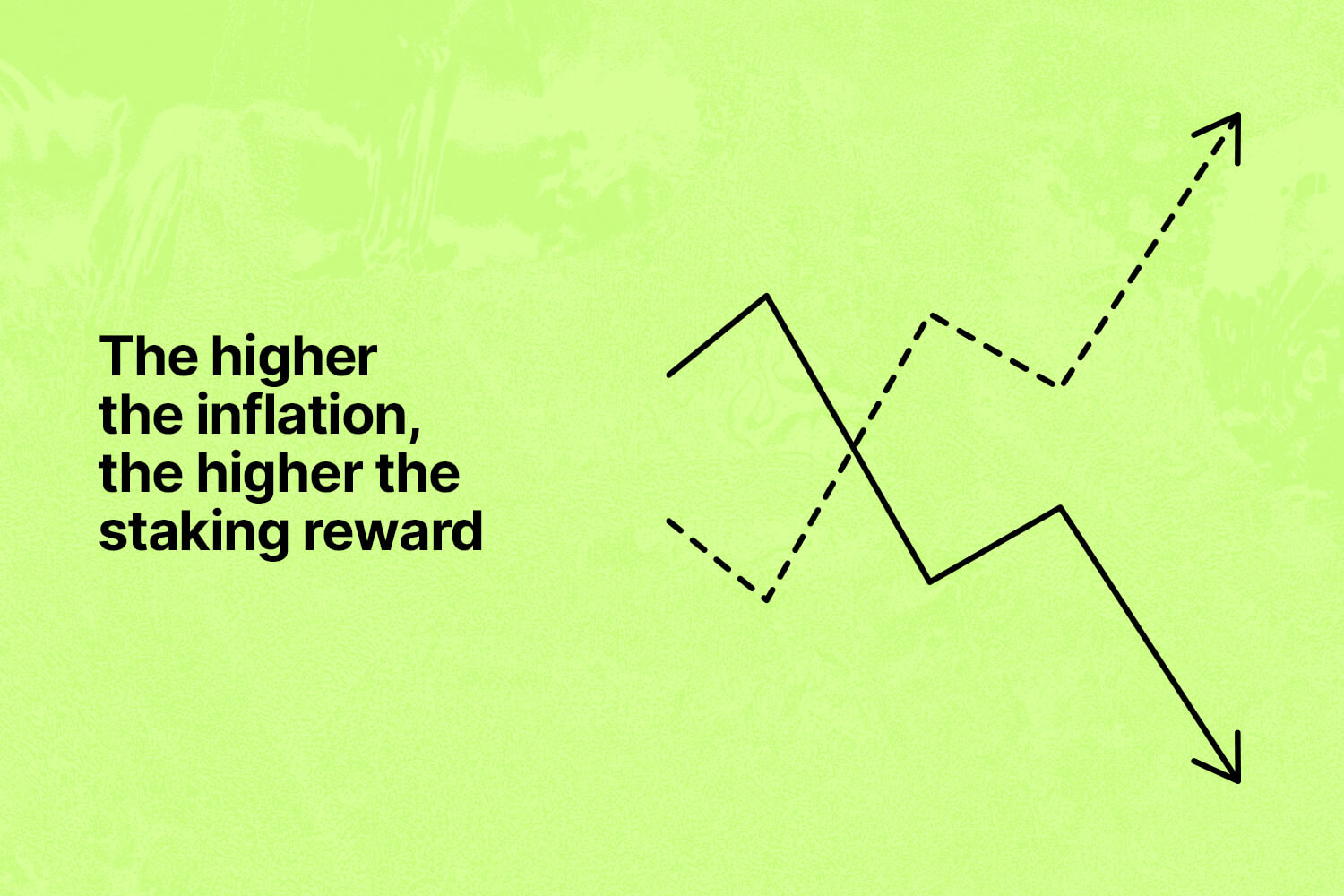Juno successfully completed its first halving on the 24th of October, 2022, decreasing the emission of new tokens into circulation. Let’s take a look at what halving is and what role it plays in the cryptocurrency economy.
What is Halving?
Halving is the process of reducing the rate at which new coins are created and thus lowering the available amount of new supply even as demand increases. The reduction is usually by half. And it happens at a uniform frequency until the maximum supply of the coin is reached.
Halving helps in reducing the supply of new coins. This causes scarcity and, as a result, an increase in the value of the coin. It is typically programmed into the code of any coin that halves.
Additionally, participants of the network involved are pre-informed.
Halving in Proof-of-Work (POW)

Halving is the process of reducing miners’ block rewards after a set period of time. When a block is successfully added to the chain, bitcoin miners are rewarded with new coins. This is the method by which new coins are introduced into the system. Every 10 minutes, new blocks are added, and the rewards are halved after every 210,000 blocks. This number of blocks can be mined in about 4 years.
Surprisingly, each halving was accompanied by a significant increase in the coin’s price.
Because the maximum supply of Bitcoin is 21 million BTC, it will take approximately 32 halving’s to mine them all (most likely in the year 2140).
Halving in Proof-of-Stake(POS)

Halving in PoS is the process of reducing stake rewards given to stakers in order to reduce the amount of tokens entering the market.
Juno Halving
The concept of “Juno halving” is similar to that of Bitcoin. Juno Halving is a built-in mechanism in the Juno ecosystem that reduces the annual minting of new Juno tokens by half. Why? to instill scarcity.
Scarcity equals value.
But there is a drawback to this as well.
The downside of increasing value is a decrease in your staking rewards. Staking is the act of locking up your Juno tokens in order to help the Juno Network’s long-term viability and security.
Early this year, the annual new token release was at 40%. This will be reduced to 20% following the recent halving of Juno.
The supply of Juno tokens is limited. There will only ever be 185,562,268 $Juno tokens created. And if it has some real utility, scarcity gives it value.
To meet this maximum supply target, the supply of Juno tokens will be reduced every year. There will be a 40% supply in the first year. It will be cut in half to 20% supply in the second year. Juno’s supply will be reduced to 10% in the third year. After the fourth year, the new token supply will be reduced by 1% until the maximum supply is reached.
The $Juno token currently has a staking reward of 80% per year. So, after the current halving, we can expect this to drop to around 40%. This demonstrates a relationship between halving inflation and reducing the supply of newly issued tokens (staking rewards).
Relationship between Inflation and staking reward

As we all know, inflation is the collective increase in the supply of money, money income, or prices. But, In this context, Inflation is the collective increase in the supply of tokens. Inflation and staking reward have a direct proportional relationship. The higher the inflation, the higher the staking reward and vice versa.
Pros of halving
- A coin’s price may rise as a result of halving. However, not every coin’s price rises following a halving event.
- The halving ensures that coins are issued at a consistent rate. The rate of monetary inflation is controlled by this. As a result, it differentiates cryptocurrencies from traditional fiat currencies, which have an infinite supply.
- They can cause a lot of volatility. In exchanges, coin prices are determined by supply and demand. Cutting the supply in half allows for high volume margin trading. This is what causes such high volatility.
Cons of halving
We currently don’t have any cons of the Juno halving as we have seen in the whitepaper. Juno has been proposed to be deflationary in the whitepaper and we are excited to follow this through.
In conclusion
In the cryptocurrency economy, halving is important. This principle is used by coins to influence their supply and demand curves. This could cause the coin’s price to rise or fall. In most cases, the coin’s price rises.
What are your thoughts on coins that are halved? Do they fare better in the market?

